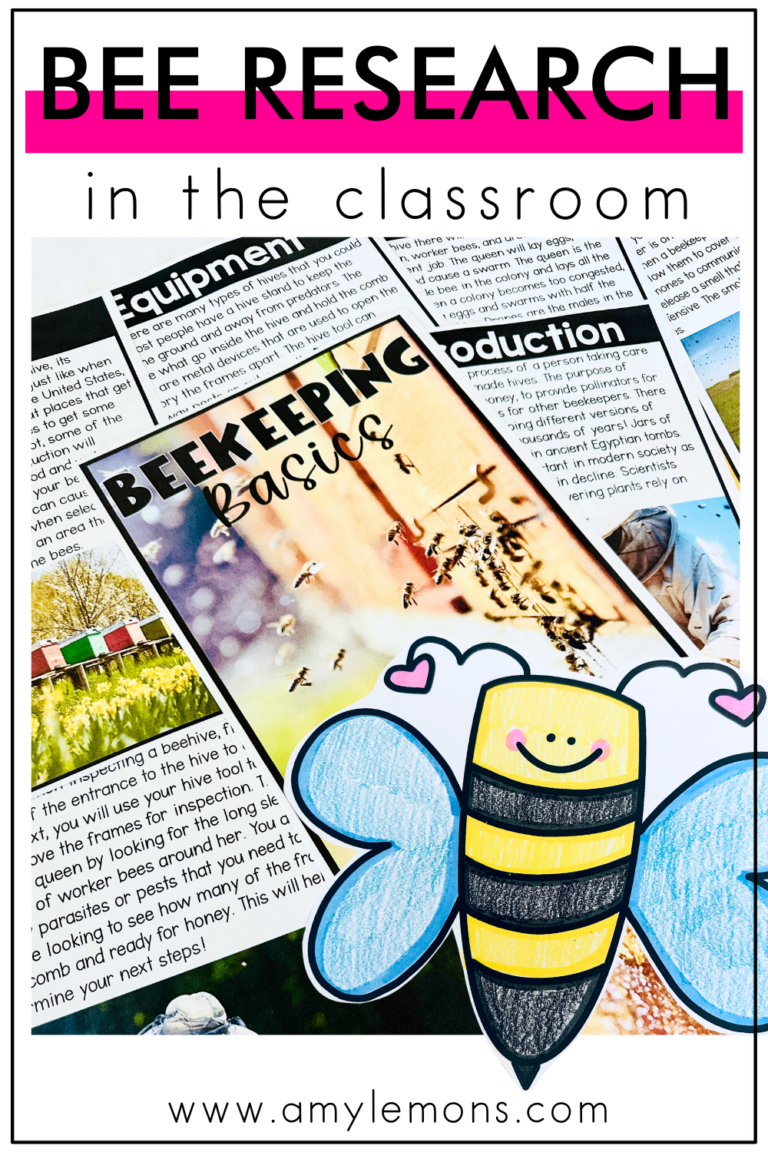
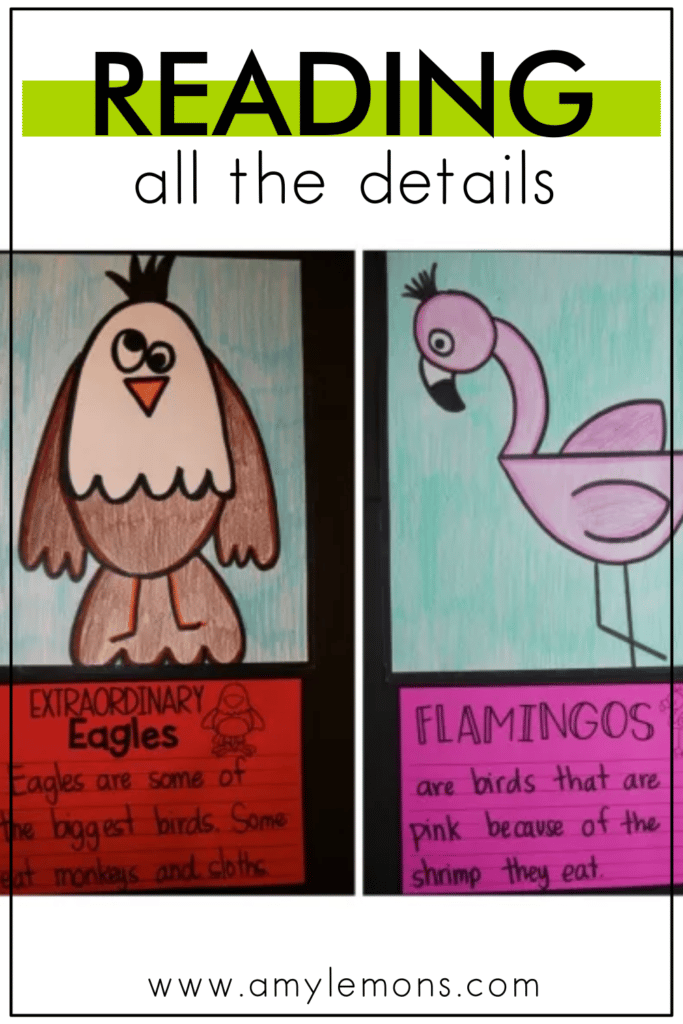
Katie King and I are so excited to announce that our 1st Grade Rooted in Reading is FINALLY in the works! You may remember THIS post when I shared all of the books we will focus on throughout the year. Well, the curriculum for August has been posted and we are ready to share all the details! This blog post will take you through all of the components that we focus on throughout the weeks.
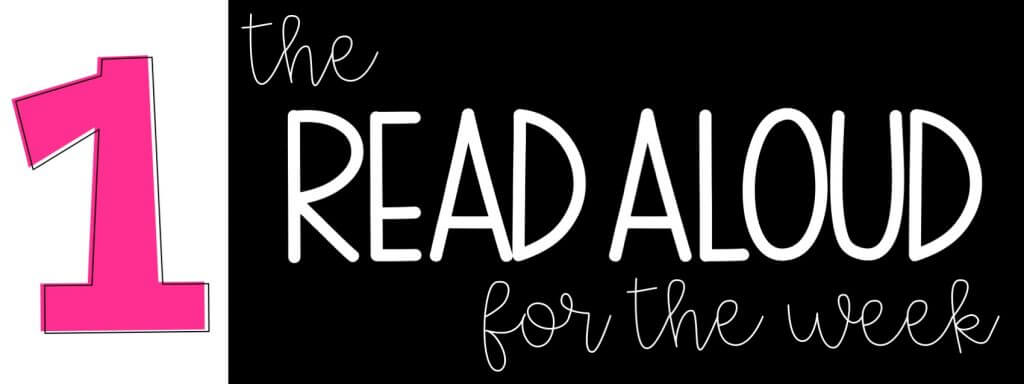
Each week we focus on ONE book that the teacher READS to the students. This does not mean that the students are only being exposed to one read-aloud each week. This simply means we focus on ONE main book that you dig in deep with! The teacher uses this time to not only read the book, but to model accuracy, fluency, and expression. The teacher also models how to monitor and adjust comprehension. There is also A LOT of book-talk happening during the read-aloud portion for the week. The students are engaging in asking and answering questions, group discussions, and utilizing their comprehension skills. We absolutely LOVE all of the books that were selected for our 1st grade unit. Please also understand that the books may not be on a first grade reading level. We believe it is VERY important to choose read-alouds on a variety of levels because your classroom is made of students on all different academic levels!


While we may have ONE major comprehension focus for the week, we certainly do not limit the students. We try to make the most of each and every book and pull on the lessons that can be learned with each text. Students are focusing on one particular skill, but they are also spiraling skills throughout the year. Our comprehension component consists of digital posters, interactive notebook activities, printables, reading passages, and comprehension assessments. These activities are meant to practice the comprehension skills that have been taught during the mini-lesson so that students can achieve mastery.
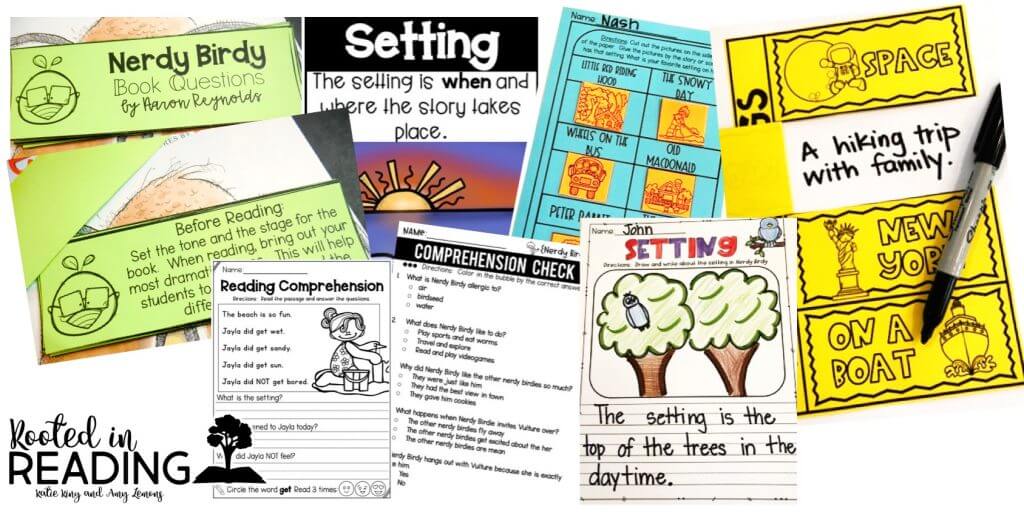

Each week we include a Non-Fiction reader that ties into the read-aloud. We take a subject that we believe will intrigue the students and turn it into a non-fiction focus. This exposes students to informational text on a weekly basis even if the text for the week is fictional. It also gives students continuous practice with locating facts, finding important information, and nonfiction text features. Along with the Non-Fiction reader we also include some type of printable or activity that allows students to respond to the text. These Non-Fiction readers can be projected, printed to make books for your classroom library, or even printed several pages to one page for your students to have a copy!
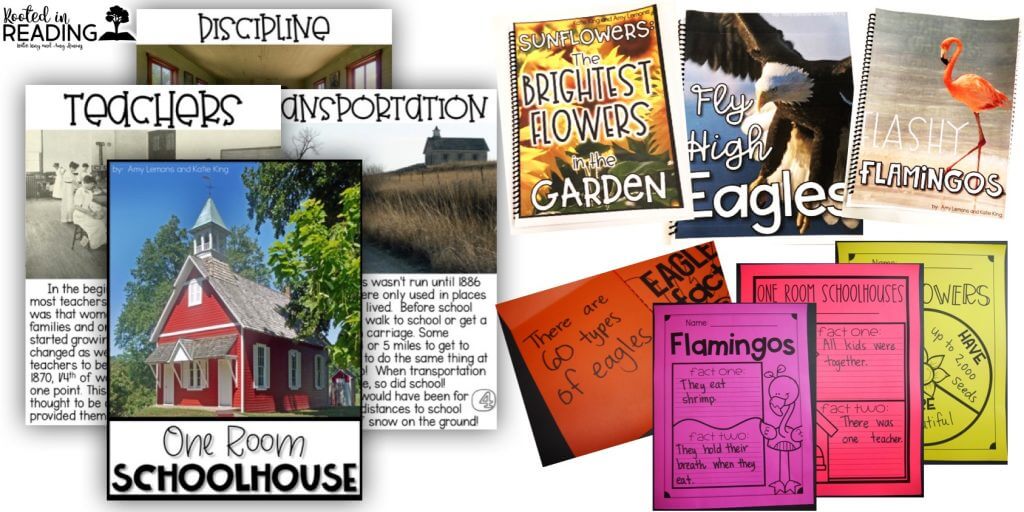
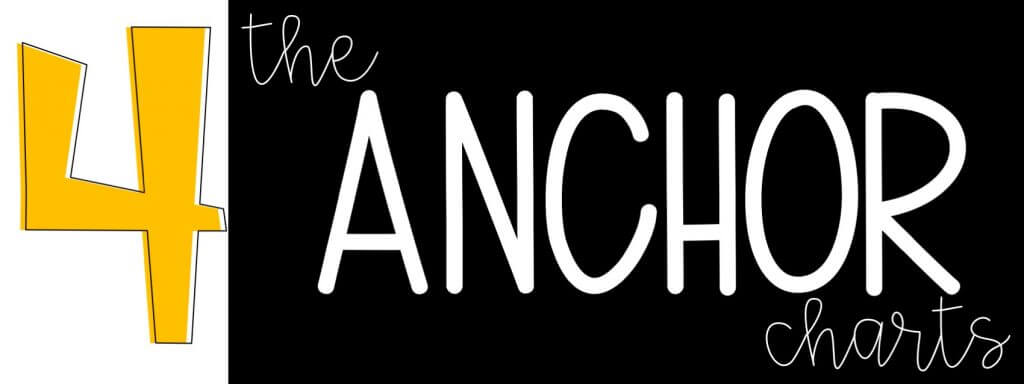
We believe that interactive anchor charts are a KEY component of our read-aloud lessons. This is where students are actively engaged in that comprehension focus. They are not just listening to the story and working on a skill independently. They are doing their part in the classroom discussion as you are creating these anchor charts together. They are not meant to just be a pretty classroom feature. They are meant to display what has gone down during your classroom discussions!
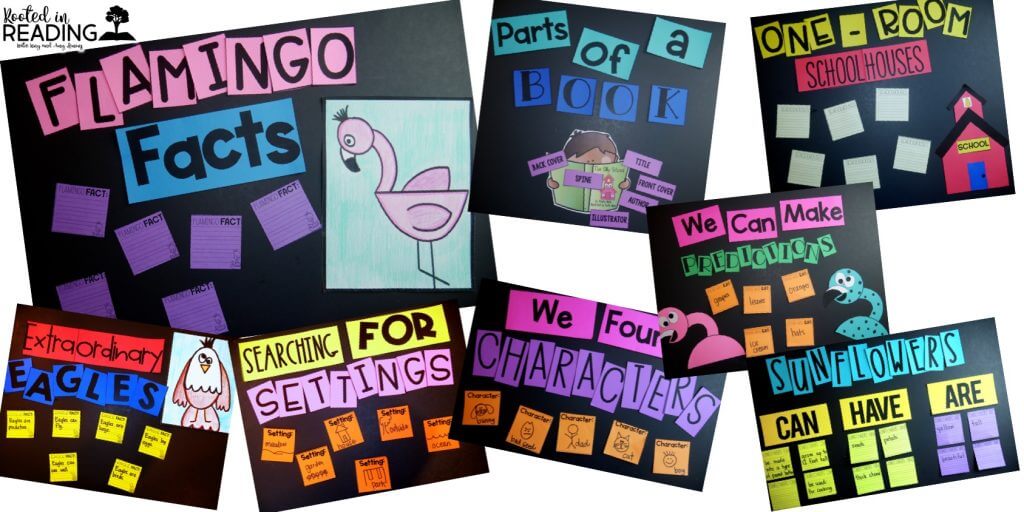

We realize that teachers have very limited time with their students each day and that the requirements placed upon them are endless. We also realize that many teachers do not have the time for vocabulary in their day. We have tried to make it as simple and effective as possible. Each week there are 4-5 vocabulary words that are displayed on picture cards. These words have been selected from the read aloud for the week. They may be unfamiliar or not as common as other words found in the book. The vocabulary writing prompts are meant to be a quick activity so that students have time to use and apply their new word knowledge.
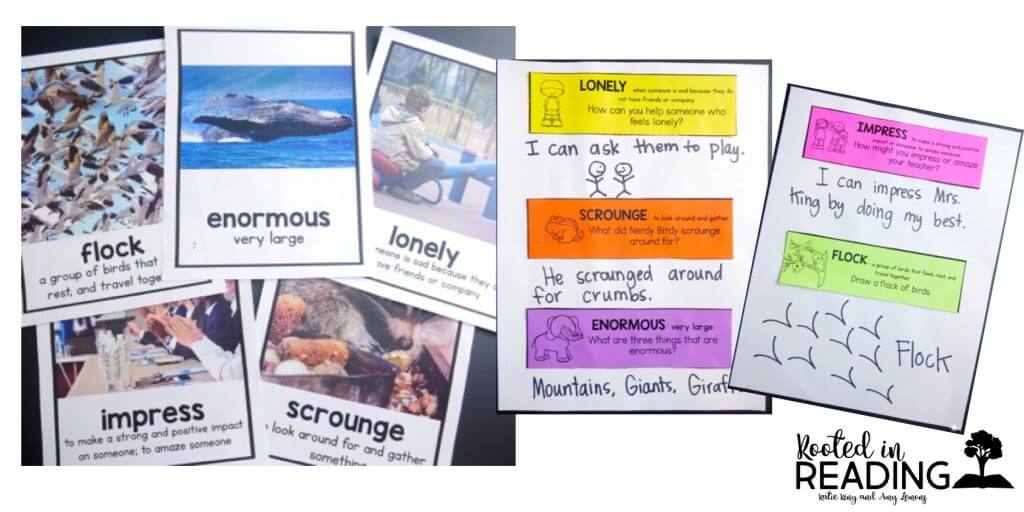
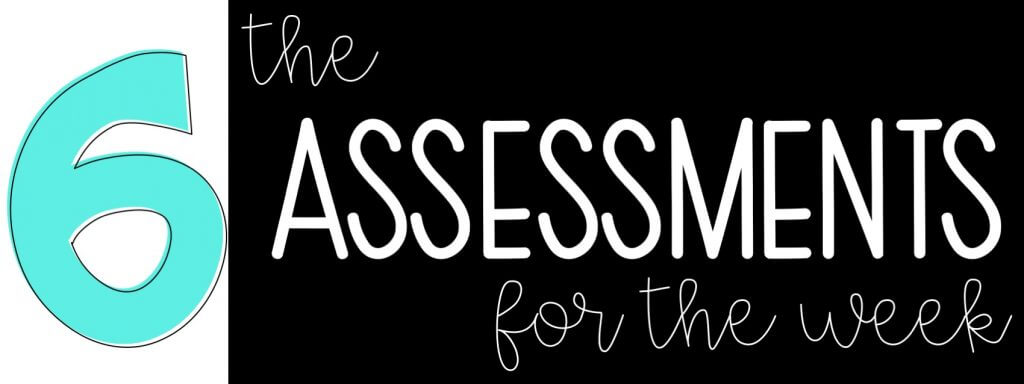
While we believe that the conversations and what the students are learning throughout the mini-lessons and activities is plenty evidence enough, we also know that teachers need to take grades and give assessments. We have assessments for comprehension, vocabulary, phonics, and grammar.

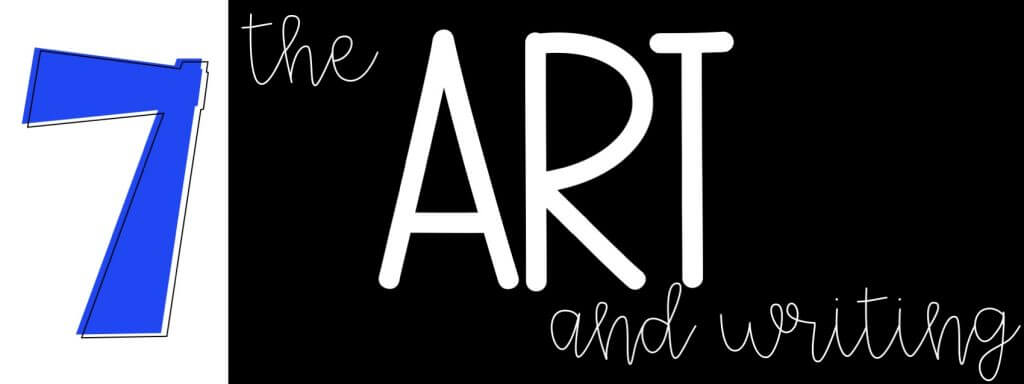
I won’t jump too far up on my soapbox about art in the classroom BUT I will venture onto it for just a little bit. I am a HUGE advocate for giving students time to create. When people call a classroom craft or drawing “fluff” it just about does me in! The directed drawings and crafts that we include tie directly into the read-aloud or non-fiction reader for the week. This allows students to draw connections back to the text AND have fun while doing so! Plus, we always include plenty of writing templates so that students are responding to the reading as well.

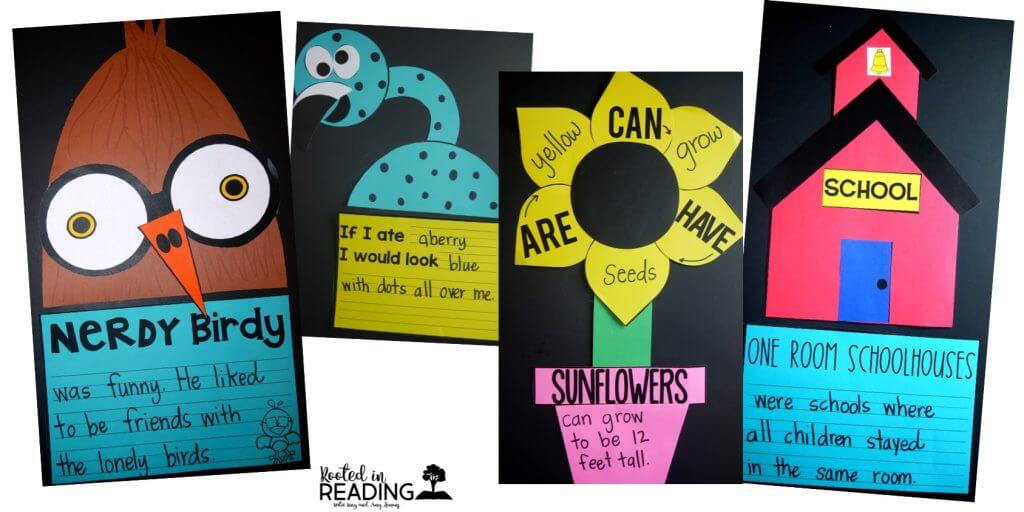
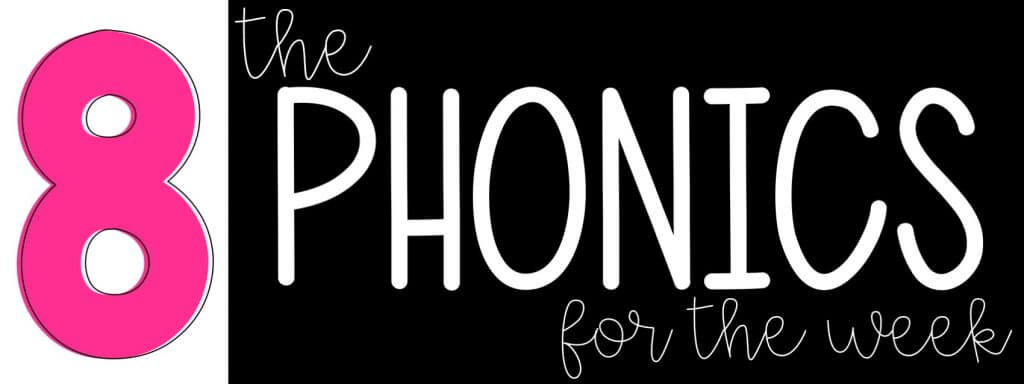
The PHONICS component for first grade is very NEW for us! Our 2nd and 3rd grade Rooted in Reading units do not contain phonics, but we knew how much 1st grade would benefit from it. Each week we focus on a phonics pattern or word family and give students plenty of opportunities to work with words.

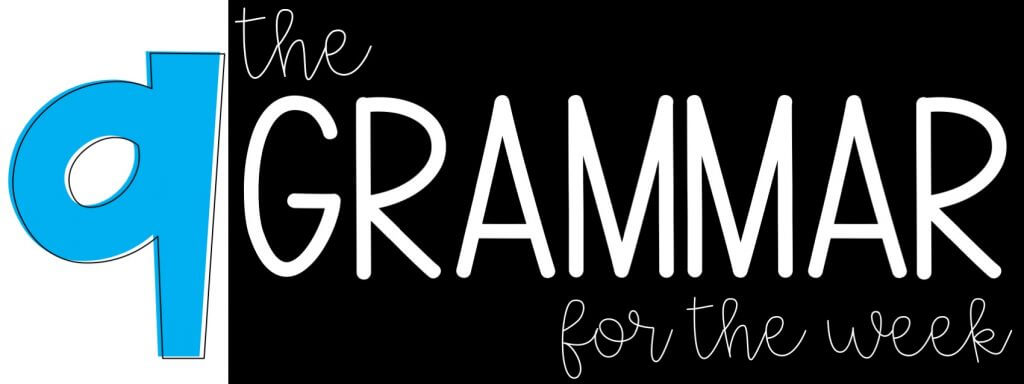
Because we wanted to make sure that YOU have it ALL, we also include daily grammar activities. This just helps to have everything you need ALL in one place so that you don’t have to pull from here and there. During grammar, students have one weekly focus and practice that grammar skill in many different ways.
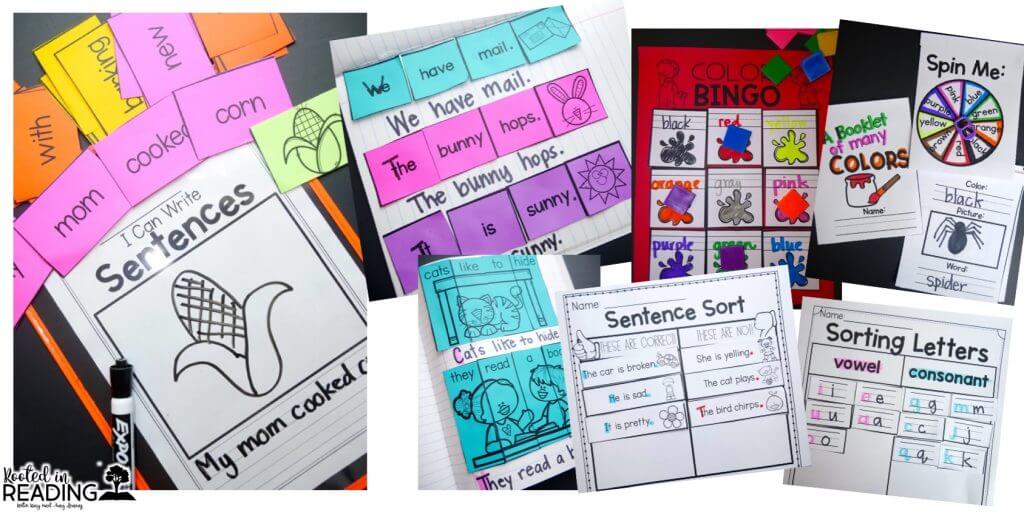

We often get questions about the research behind Rooted in Reading. I’m happy to announce that THIS summer we will be releasing A LOT of research so that teachers can share it with their admin or parents. Katie and I can BOTH say that we have implemented Rooted in Reading in 2nd grade before and saw HUGE gains. We estimate that it is currently being used in around 3,500-5,000 classrooms today. I will definitely be back to share research this summer, but for now, here are three great websites to browse:
Never Too Old: Reading Aloud to Independent Readers
All of the activities mentioned above are part of our August unit. Click the picture to see even more!
We are currently working on the September unit so that it will be ready at the beginning of the summer. The other units will be released as they are created (with plenty of time to prep for the following month!). You can see our year overview and booklist HERE!
If you are wondering more about 2nd or 3rd Grade Rooted in Reading Click HERE! It is formatted very similar (just without the phonics)!


Hey, y’all! My name is Amy Lemons and I am passionate about providing students with both engaging and effective standards-based Math and ELA lessons.
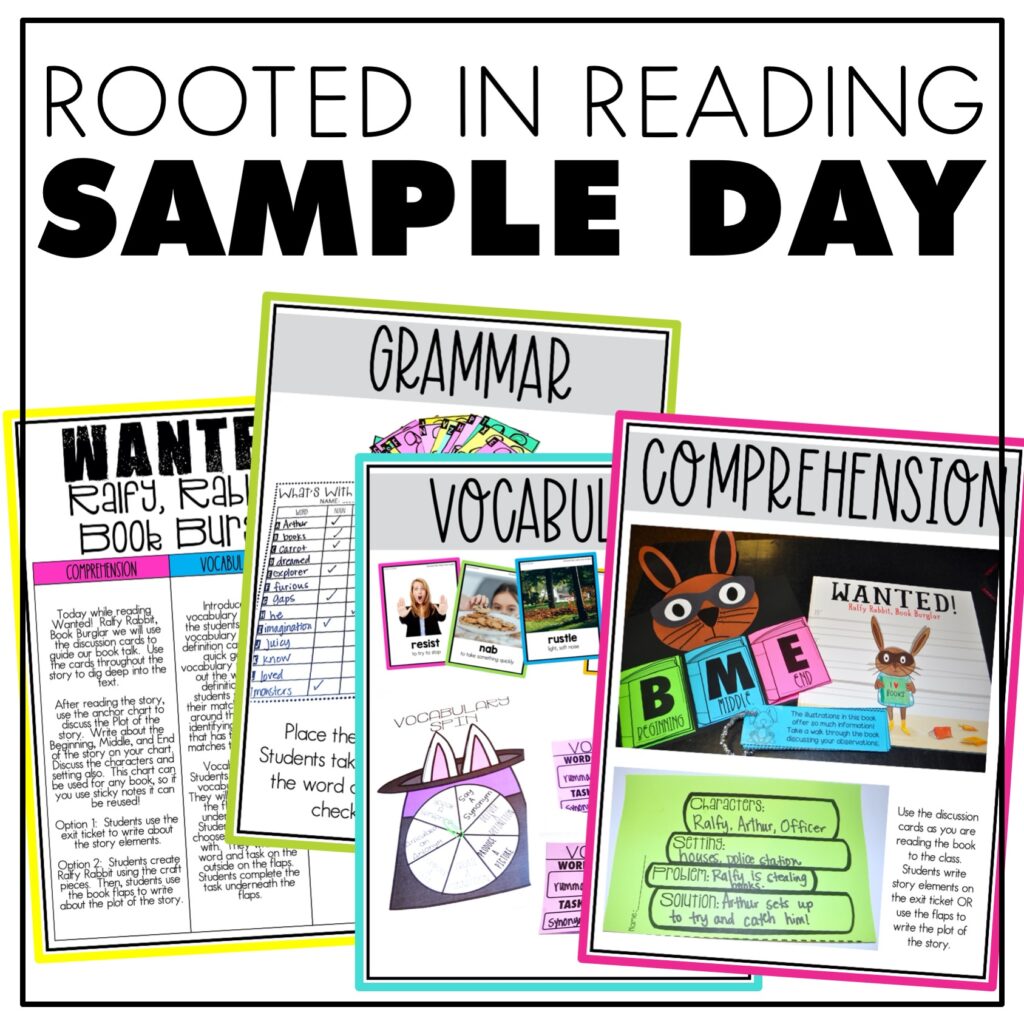
Sample a day of Rooted in Reading with these lesson plans and activities for Reading Comprehension, Vocabulary, and Grammar!



12 Responses
Hi Amy,
I am so excited about the 1st grade Rooted in Reading Series. I noticed the binder spines. Do you store the lesson plans for each book in a separate binder? Do you have a link where we can see how you organize your Rooted in Reading?
Thank you
Jenny K
This is amazing. I’m teaching 6th right now, but just applied to teach 1st and if I do get it, I’ll be getting this for sure!
Amy,
Glad to see Rooted in Reading for 1st! I have watched our 2nd graders really enjoy it. Could you offer some timing for the month of August. I looked at the overview and really feel like all of the skills are important for beginning 1st Grade, but we don’t have 4 weeks to teach in August since school begins Aug. 14. I am switching from a similar kind of product that put August and September as 6 weeks and I didn’t miss anything. What would you suggest? THANKS!!!!
Hi Renee!
I’ve been wondering the same thing? What did you end up doing? Any helpful advice?
Thanks !
Brooke
Just out of curiosity, will you be doing a list of books that support the picture books each week as well. I believe you did something like that for 2nd grade??
Hi Amy,
I love Rooted in Reading for first grade. Thank you for creating it! Are you still working on the rest of the units?
Thanks,
Tiffany Brown
Yes! We are finishing up October right now. You can sign up for my newsletter here to find out when it is released: http://bit.ly/StepIntoTheScoop
Can you or anyone else give me tips for how to fit all of this in when I also have to do reading groups and writing? I am loving rooted, and have loved the four weeks I’ve used so far, but I haven’t started groups yet and we barely fit it all in as is. Thanks!
When you get a chance, I am wondering–is the research you were working on over the summer available yet?
We are looking into a new curriculum and our system is not wanting us to use this! I see where you had this post about your research for the program. Did you ever complete it? If so, can you please post it so we can prove to them why we want to keep this program!!!
Hi Amy,
I was wondering if anything had been published about the research you were going to put out in the summer of 2018? I’ve been using Rooted in Reading since August and have absolutely loved exposing my students to the many different skills in the units. I am interested to read the research that has been compiled now that I’ve been teaching with the units!
Thanks!